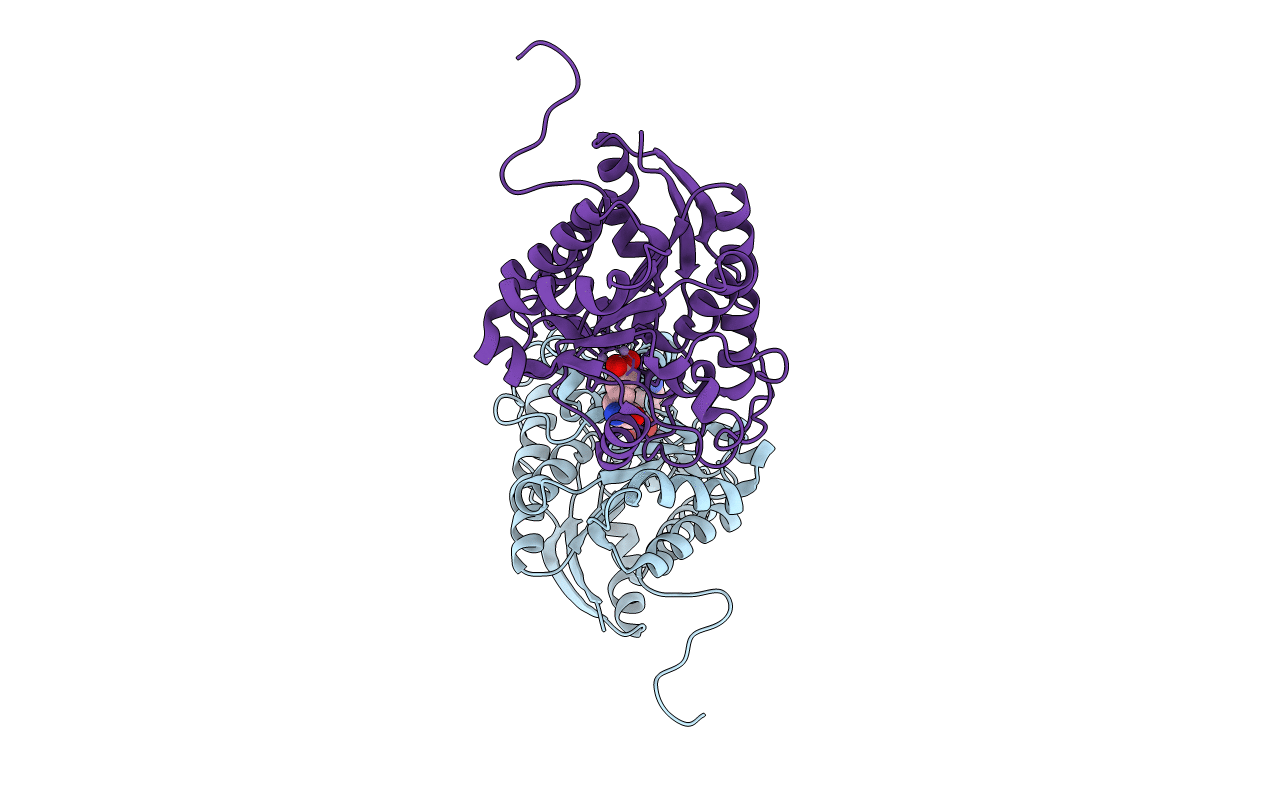
Deposition Date
2012-09-01
Release Date
2012-09-26
Last Version Date
2023-09-13
Entry Detail
PDB ID:
4GWD
Keywords:
Title:
Crystal Structure of the Mn2+2,Zn2+-Human Arginase I-ABH Complex
Biological Source:
Source Organism:
Homo sapiens (Taxon ID: 9606)
Host Organism:
Method Details:
Experimental Method:
Resolution:
1.53 Å
R-Value Free:
0.21
R-Value Work:
0.15
R-Value Observed:
0.15
Space Group:
P 3


